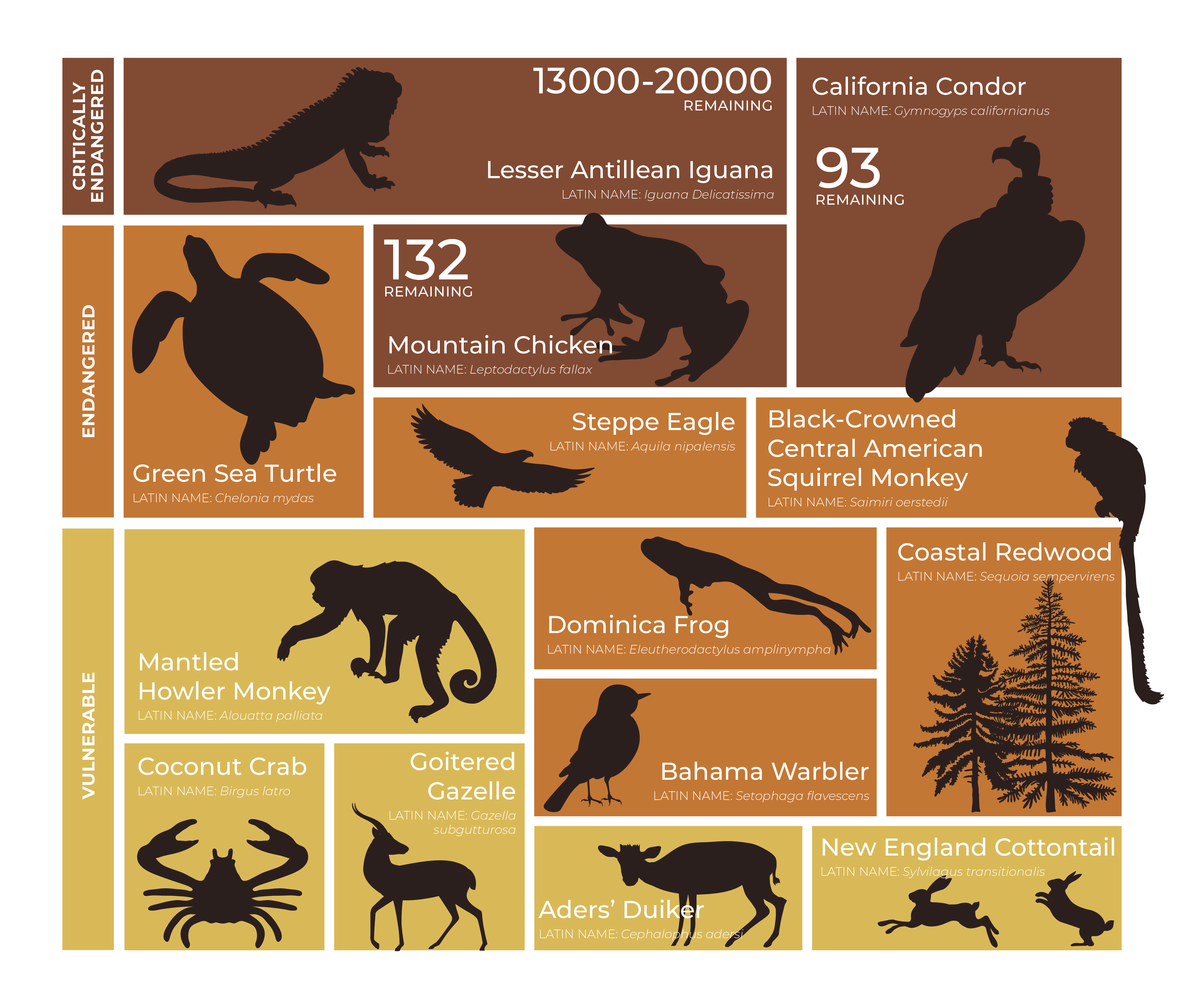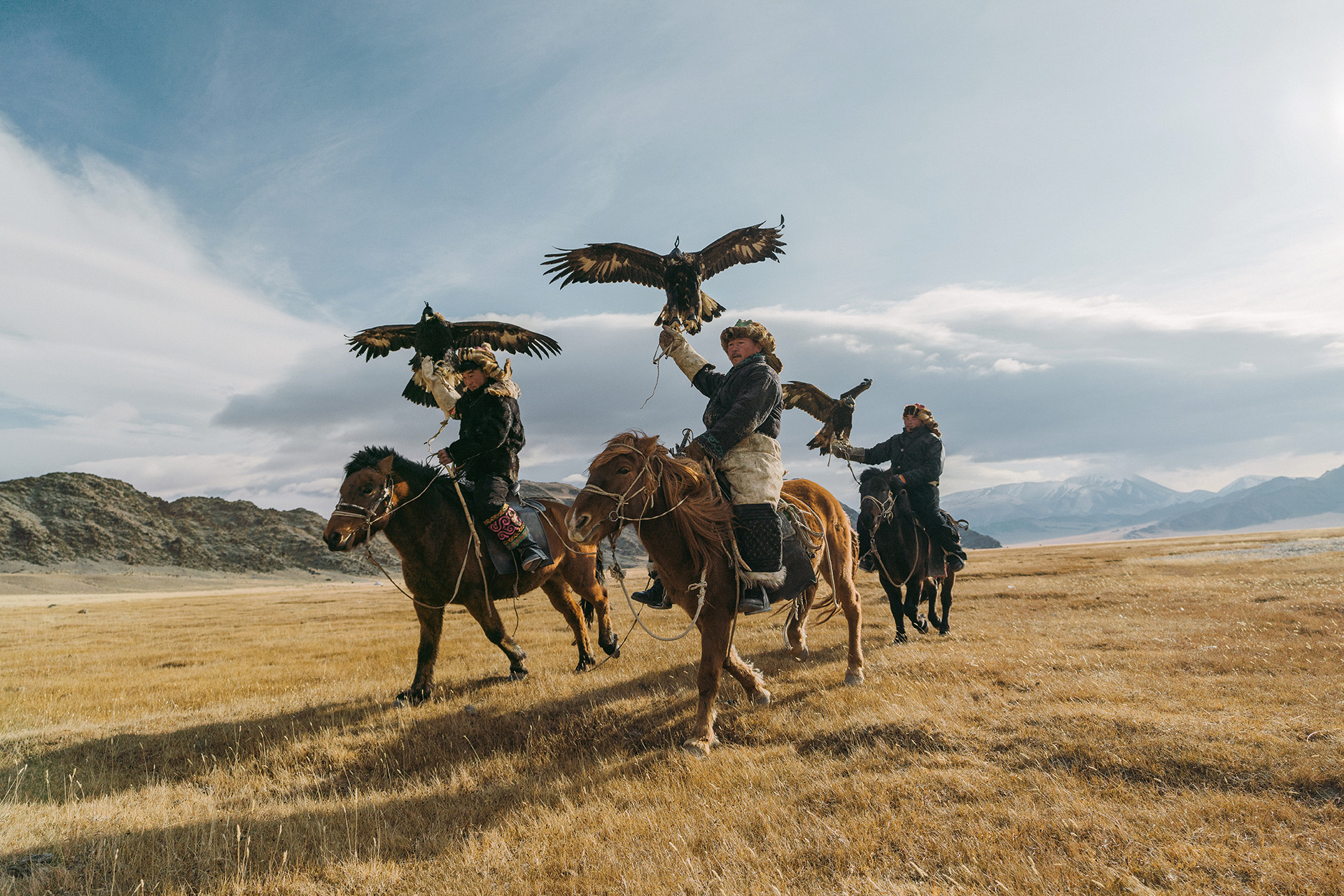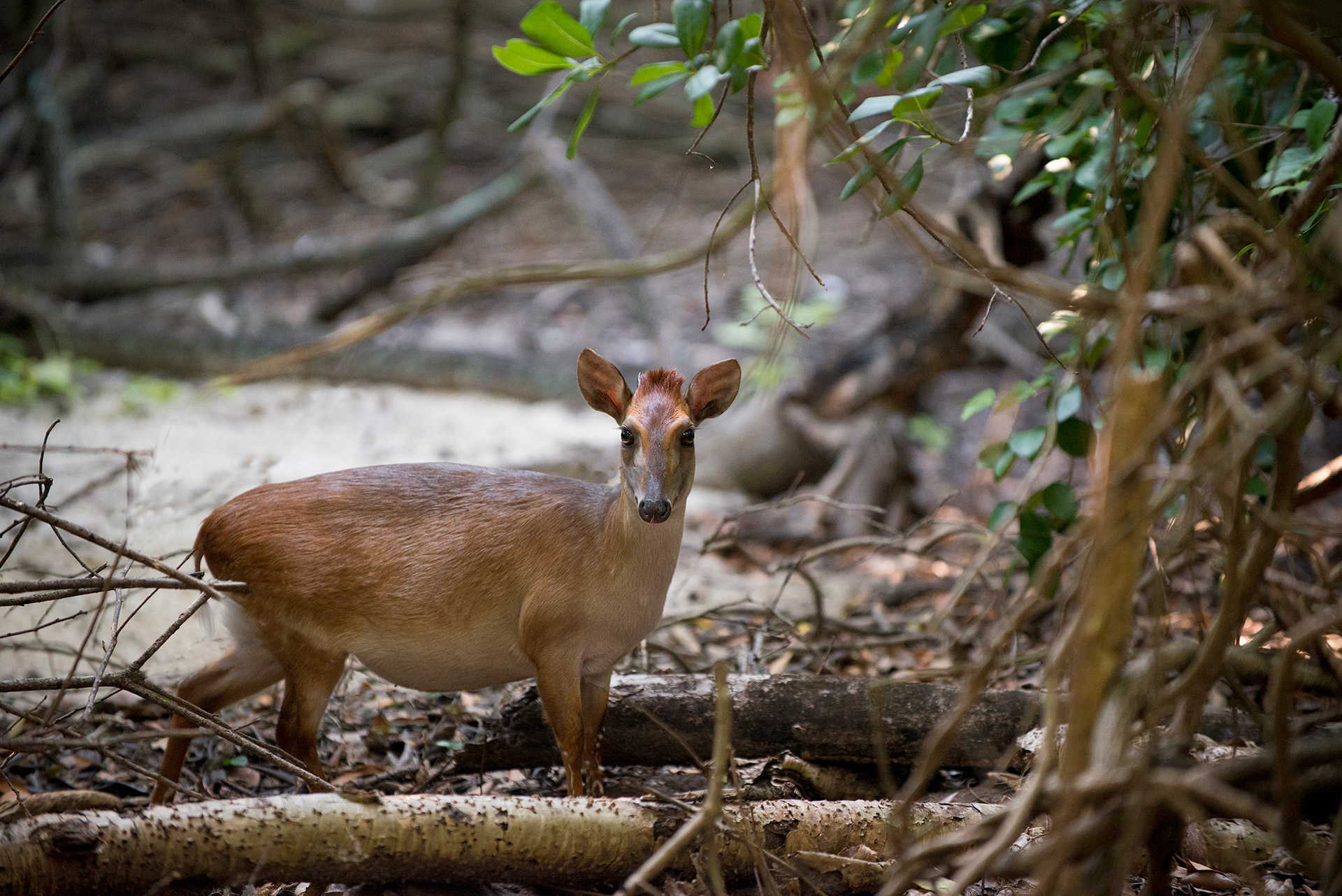
Endangered Species & Animal Conservation and Care

Protecting our planet’s biodiversity and the enormous variety of life on Earth is crucial to the health of our planet because all living things are dependent on each other for their survival, and many species are in critical danger of extinction due to the continuing destruction of their habitats.
Currently, more than 42,100 species are threatened with extinction according to the International Union for Conservation of Nature (IUCN). This organization’s Red List of Threatened Species was established in 1964 as the world’s most comprehensive information source on the global extinction risk status of animal, fungus, and plant species — it is a critical indicator of the health of the world’s biodiversity.
Beyond Green hotels, resorts, and lodges are actively contributing to protecting over 24 animal species and one plant species — all registered on the IUCN Red List or the US Fish and Wildlife Service’s endangered list — significantly improving their chances for survival now and well into the future. See some examples below.

The California condor, which is listed as critically endangered by IUCN and endangered by the US Fish and Wildlife Service, enjoys gliding freely in the skies around Post Ranch Inn along California’s beautiful Big Sur coastline. These spectacular birds, the largest in North America, nest in caves high on cliff faces, but can also be found roosting within the resort’s biophilic architecture; they are particularly fond of the natural wood beams around the Sierra Mar restaurant.
As a part of the conservation plan it launched in partnership with the U.S. Fish and Wildlife Service, Post Ranch Inn allocated 90% of its 100 acres to be a dedicated and protected space for the many species, from the California red-legged frog and the Smith’s blue butterfly to the majestic California condor, that call this area home.
Additionally, landscaping practices at Post Ranch Inn focus on removing and replacing invasive species with native plants and restoring the California sagebrush scrub habitat, as well as planting over 150 redwood and oak trees that support biodiversity conservation while sequestering carbon.

In Mongolia, Bronze Age nomadic tribes once roamed the steppes and the high mountains, and while there aren’t many nomadic cultures left in the world, it’s still very much an integral part of Mongolian life. Beyond preserving and celebrating the traditions of this unique culture, Three Camel Lodge is committed to protecting native species, including the golden eagle, that are central to the Mongolian nomadic way of life. Generations of Mongolian nomads have used female golden eagles for hunting. These imposing birds of prey, which can reach 15 lbs. with a wingspan of 7 ft. 8 in., use their talons and diving speed of up to 200 mph to snatch animals such as hares and foxes. In 2020, this eco-resort in Bulgan in Mongolia’s Gobi, one of the most remote places on Earth, launched a conservation partnership to protect the golden eagle which was suffering as their numbers were threatened by climate change, loss of habitat, second-hand poisoning (rat poison), and poaching.
Three Camel Lodge is also funding a research project led by the Wildlife Science and Conservation Center of Mongolia (WSCC) to study the golden eagle population in western Mongolia and support the cultural traditions of golden eagle falconry. The world’s oldest field sport, falconry began on the great steppes of Asia, flourishing under the khans of Mongolia, who practiced the art between military campaigns for sport and to capture food. The research will contribute valuable data to the Global Raptor Impact Network and ensure the long-term sustainability of these majestic birds and the ancient heritage they represent.

Mnemba Island, off the coast of Zanzibar, is believed to be the only place on Earth where the rarest antelope species in Africa, the Aders' duiker, can be found in the wild. In 2005, five of these antelope were introduced to andBeyond Mnemba Island, an ideal location for a breeding project due to its good food supply and lack of natural predators. Between 2005 and 2013, the duiker tripled their number on the island. The Wildlife Conservation Society (WCS) estimates that there are now between 300 and 600 Aders' duiker remaining in the wild. Working with WCS, andBeyond Mnemba Island has collected information on the duikers’ diet and behavior which continues to improve the breeding program and is leading to an increase in the species numbers.
Additionally, andBeyond Mnemba Island, as a leader in marine conservation, worked in partnership with the Ministry of Blue Economy and Fisheries to establish the Mnemba Island Marine Special Area (MIMSA), to protect the biodiverse waters surrounding the island. Coral transplants are provided from an on-site nursery to Oceans Without Borders marine rangers who revitalize damaged local reefs, and the property also serves as one of the few protected nesting sites for the endangered green sea turtle. Guests are invited to join conservationists for an introduction to nesting, tagging, and the challenging factors these brave hatchlings face as they find their way from the safety of their sandy nests to the ocean.
Read the Beyond Green Global Impact Report for more information on the positive impact Beyond Green hotels, resorts, and lodges are making on biodiversity in locations around the world.